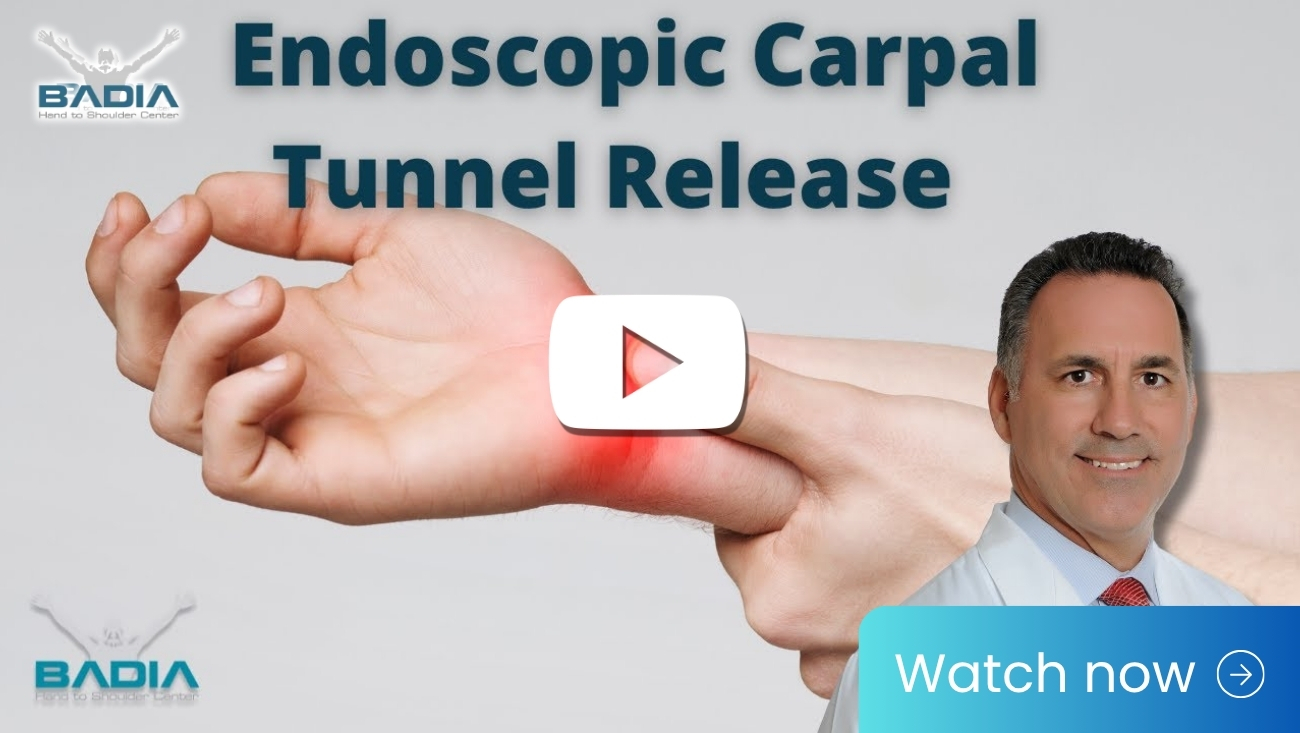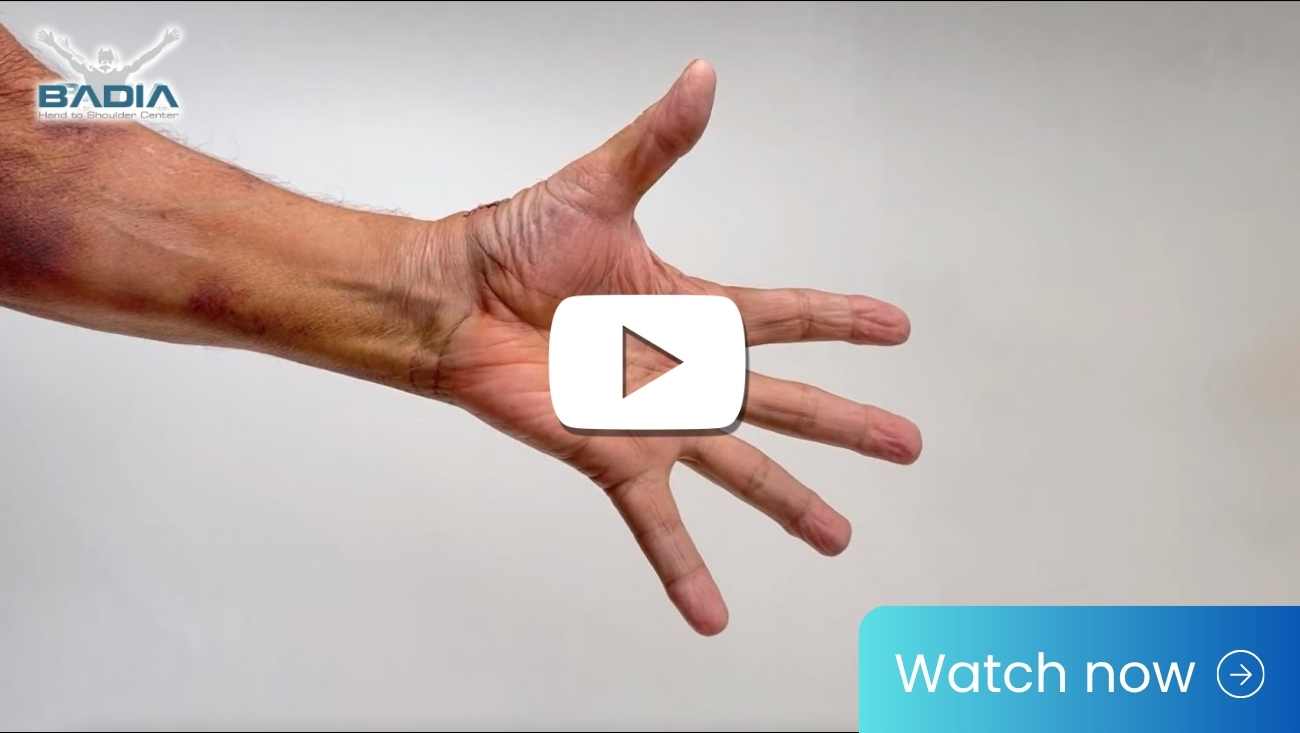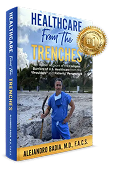
Chapter 7: Government Interference and The Politics of Medicine: Quick Overview by Dr. Badia
Dr. Alejandro Badia provides a quick overview of Chapter 7: Government Interference and The Politics of Medicine.

Chapter 6: There’s No End: The Ongoing Education of a Doctor
This chapter is eye opening, especially for fellow physicians. It delves in #medicaleducation, the outgoing education in a physician’s journey. Learn more about #HealthcareFromTheTrenches book at https://www.DrBadiaBook.com To order the book, visit https://www.DrBadia.com/amazon

Chapter 5: Forging A New Path
How to streamline healthcare? How can healthcare be better delivered? Dr. Badia mentions two books, “The Endangered Customer” that teaches how to treat patients, and “Beyond Beside Manner” for patient experience. ” I believe that Healthcare should treat people as if they were in a luxury hotel.”

Chapter 4: Cats, Colleagues and Collaboration
Alejandro Badia, M.D. from Badia Hand to Shoulder Center discusses the chapter 4 of the book #HealthcareFromTheTrenches named “Cats, Colleagues and Collaboration.” Sitting at The Surgical Center at Doral https://surgerycenteratdoral.com/, he explains that is difficult to get cats to follow one leader and work together. That’s very symbolic of us physicians. And we need to… [Read More]

Chapter 3 of the Medical Book
Alejandro Badia, M.D. from Badia Hand to Shoulder Center discusses the chapter 3 of the book #HealthcareFromTheTrenches. He explains what it takes for a physician to enter and start the medical practice, and he shares some patient stories.

Chapter 2: The Residency: Doctor Bootcamp
Chapter 2 “The Residency: Doctor Bootcamp” where Alejandro Badia, M.D. compares the physician training with that of the marines. The chapter includes a series of anecdotes for the reader to understand what it takes for physicians to train and to get to the “trenches.” Order book: https://www.DrBadia.com/amazon Dr. Alejandro Badia Orthopedic Hand, Wrist, Shoulder and… [Read More]

Chapter 1: Preparation: The Long Journey
This is another video of the weekly discussions about #HealthcareFromTheTrenches This is the first time I held the book in my hands, he says in the video. Dr. Badia narrates the story about his grandmother who was the inspiration for Dr. Badia to become an orthopedic surgeon. “It was my grandmother’s crippling rheumatoid arthritis that… [Read More]

Professional tennis player from #australia had 4 failed procedures fly’s to the US for a solution
Professional tennis player from #australia had 4 failed procedures & continued wrist pain. What is a TFCC Tear? A TFCC tear refers to damage or injury to the TFCC structure. This can occur due to various reasons, including trauma (such as a fall on an outstretched hand), repetitive wrist movements, or the natural aging process…. [Read More]

Endoscopic carpal tunnel release with Dr. Badia
ECTR involves making a small incision, typically less than an inch in length, at the base of the palm. In contrast, OCTR requires a larger incision, often up to two inches long. The smaller incision in ECTR results in less tissue disruption, reduced scarring, and a potentially quicker recovery.

1 week after thumb surgery with the BioPro Modular Thumb
A 7-day post-op follow-up video of a CMC joint replacement with the BioPro Modular Thumb Implant performed by Dr. Alejandro Badia (Miami, FL)







